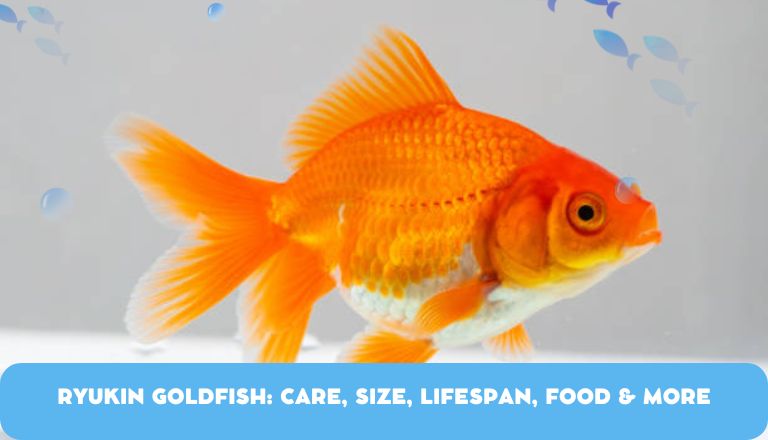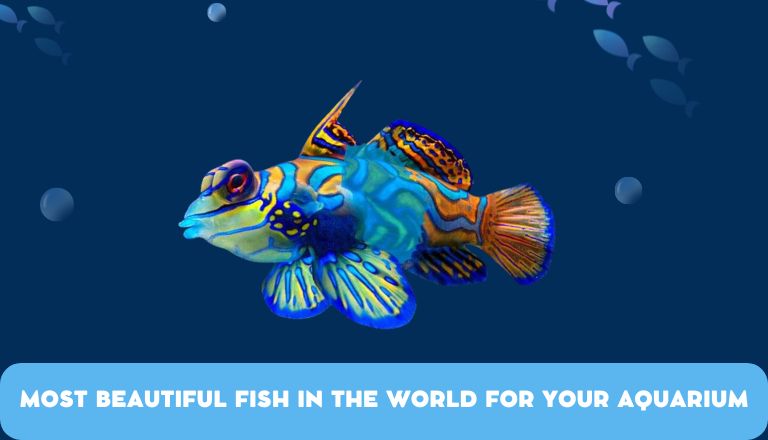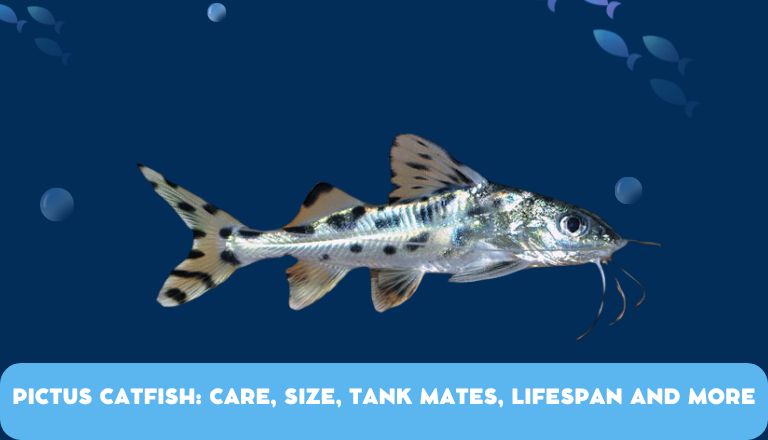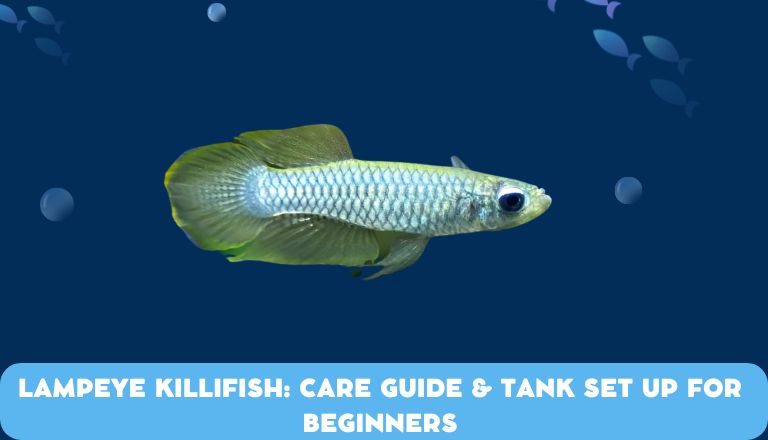Ryukin Goldfish: Care, Size, Lifespan, Food & More
The Ryukin Goldfish has shiny scales and long fins. These are beautiful fish for any aquarium. It originates from East Asia. These have become popular among fish enthusiasts for their unique appearance and vibrant colors.
There is a lot to learn about these cute water animals, from their size and how long they live. In this article, we will delve into the world of Ryukin Goldfish care, exploring everything from tank requirements to suitable food options.
Species Summary
The Ryukin Goldfish is scientifically known as Carassius auratus. It originates from East Asia and is recognized for its distinctive shape and vibrant colors. This elegant fish showcases a unique hump or dorsal fin on its back, adding to its beauty and charm. It was originally bred in China as early as the 1700s. The Ryukin has since become a popular choice among aquarium enthusiasts worldwide.
They are popular for their beauty and elegant swimming in home aquariums. Their long flowing fins and bright metallic scales reflect light beautifully. This creates a mesmerizing sight for onlookers.
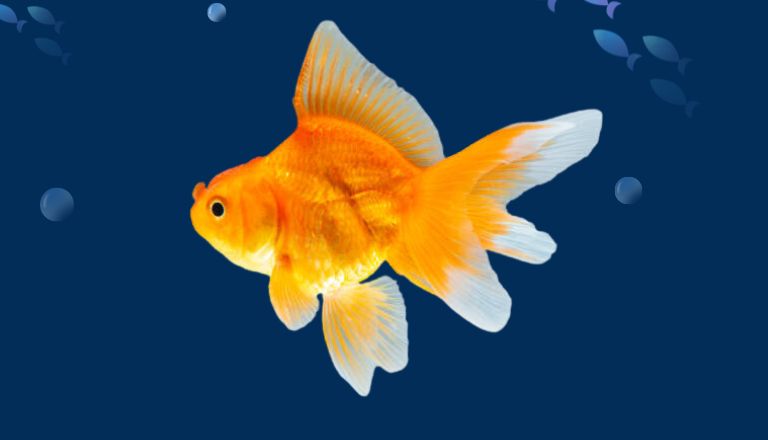
The Ryukin Goldfish can live in different tanks, making it a good choice for beginners and experienced fish keepers who want an elegant fish in their tank.
Average Ryukin Goldfish Size
Ryukin goldfish can grow to an average size of 6 to 8 inches in length when housed in suitable conditions. Individual growth rates of Ryukin fish can vary based on factors like water quality, diet, and tank size.
Provide enough space to swim and feed it a balanced diet with lots of nutrients to grow healthy. Their size can also be influenced by genetic traits inherited from its ancestors.
Lifespan
The average Ryukin lifespan typically ranges between 5 to 10 years in well-maintained aquariums. With good care and the right environment, these beautiful fish can live for 15 years or more. Factors such as water quality, diet, genetics, and tank size can affect the lifespan.
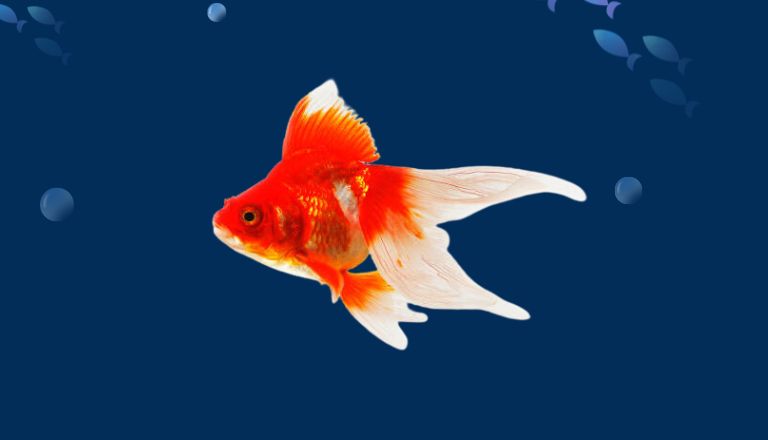
For longer Ryukin lifespan, keep the water temperature stable between 65-75 F, feed them a balanced diet with fiber and nutrients, and give them enough space to swim. Change the water regularly and check ammonia levels to avoid diseases and increase their lifespan.
Appearance
Ryukin goldfish have a unique look with a round body, a big hump on their back, and long flowing tail fins. Their bodies can be red, white, orange, yellow, or calico. This unique combination of features gives the Ryukin a regal and majestic look.
They have different fin shapes. Some have long, flowing fins like ribbons, while others have shorter, broader fins. Ryukins have beautiful metallic scales that shimmer in the light. They are popular among fish enthusiasts who want to make their tanks look elegant.
Ryukin Goldfish Care
Ryukin goldfish require specific care to thrive. Maintain a suitable tank environment. Use a good filtration to keep the water clean and oxygenated. Provide a balanced diet rich in fiber and nutrients for their health.
Keep the water temperature between 65-75 degrees Fahrenheit. Change the water regularly and test ammonia levels to ensure a healthy environment for your fish. Ryukin goldfish can live with calm fish but might not be good for small tanks because they are big and can be territorial.
Tank Size
When setting up a tank for Ryukin fish, give them enough space to thrive. Use a big tank for them because they grow big. Start with a 20-gallon tank for one fish, and add 10 gallons for each extra fish.
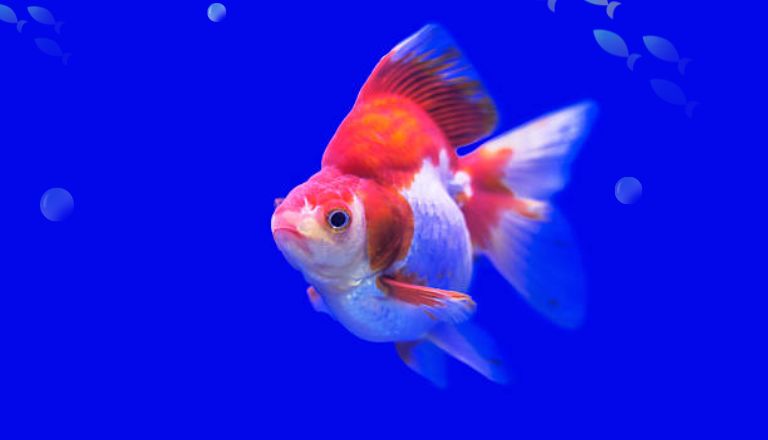
Ryukin goldfish like to swim a lot and need plenty of space to swim around comfortably without feeling crowded. A bigger tank improves water quality by diluting waste more effectively. By choosing the right tank size, Ryukin stay healthy and happy in their aquatic home.
Water Parameters
Ryukin goldfish are a popular choice among aquarists for their unique appearance and graceful swimming. To keep the fish healthy, maintain certain water conditions in their tank. Ryukins thrive in water temperatures between 65-72°F (18-22°C) and pH levels ranging from 6.5 to 7.5.
Maintain good water quality with low levels of ammonia, nitrites, and nitrates. Test the water regularly and change the water to keep the levels in balance. Provide good filtration to keep the water clean and oxygenated.
Maintain stable water parameters for the longevity of your fish and promote their vibrant colors and overall health. By focusing on these factors, you can make a great environment for your fish.
What To Put In Their Tank
When setting up a tank for your Ryukin goldfish, provide plenty of open swimming space. Decorate the tank with smooth rocks and ornaments to prevent injuries.
Feed them a mix of flakes, pellets, and veggies like peas and zucchini. Don’t overfeed to prevent bloating. Keep the tank water temperature at 65-75 F for their well-being. Use a good filtration for your Ryukin goldfish.
By doing these things, you can create a healthy environment for your fish to thrive.
Common Possible Diseases
One of the most common diseases that can affect Ryukin Goldfish is Ich. It is also known as white spot disease. This parasitic infection causes small white spots to appear on the fish’s skin, fins, and gills. If not treated, it can cause severe health problems and death. To prevent Ich, maintain good water quality and avoid sudden temperature changes.
Another common disease in Ryukin Goldfish is fin rot. It is a bacterial infection. It causes the fins of the fish to become frayed and discolored. The Causes of fin rot are poor water quality and stress.
Treatment for Ryukin Goldfish includes improving water quality and using antibiotics if needed. Monitor your fish’s appearance and behavior regularly to detect diseases early for effective treatment.
Food & Diet
Ryukin goldfish thrive on a combination of high-quality flake or pellet food specifically designed for goldfish. Feed them small amounts of fresh vegetables like peas and lettuce that provide essential nutrients and fiber.
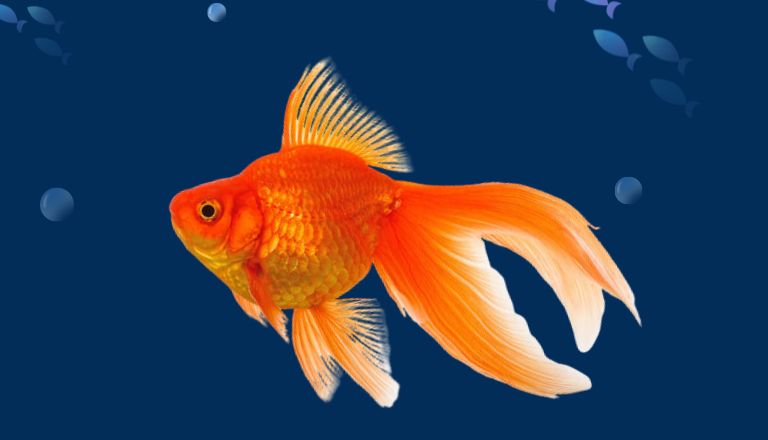
Avoid overfeeding Ryukin goldfish because this can lead to health issues like swim bladder problems and obesity. Give them a mix of foods like bloodworms or brine shrimp to keep them healthy and happy. A balanced diet will make their colors brighter and help them stay healthy.
Behavior & Temperament
The Ryukin goldfish is known for its lively behavior and unique temperament. These are active swimmers. They are constantly exploring their environment and interacting with other fish in the tank. They have a curious nature.
They have social behavior. They are friendly towards other fish in the tank. They formed strong bonds with their tank mates. They thrive in communities where they can play with others.
They are known to be relatively hardy and adaptable to various water conditions. These fish are tough and can handle changes in temperature and water quality better than other goldfish. This resilience contributes to their overall laid-back demeanor. These are easy-to-care-for and fun things to add to a fish tank.
Tank Mates
Ryukin goldfish are beautiful and lively fish that can thrive in a community tank with the right tank mates. When choosing tank mates for your Ryukin fish, consider their peaceful nature and compatibility with other fish.
Some good companions for Ryukins include other goldfish varieties like Orandas or Fantails, Catfish, snails, or Shrimp due to their calm nature and compatibility with the goldfish’s water parameters. They have similar care requirements and temperament.
White Cloud Mountain Minnows, Rosy Red Minnows, and Bristlenose Plecos are also good tankmates for Ryukins. These fish won’t bother or stress out your Ryukins.
Avoid keeping fast-moving or aggressive species with Ryukin goldfish. They can outcompete them for food and cause stress. Avoid pairing your fish with nippy species like Tiger Barbs or Betta fish, as they may harass or bully the gentle Ryukins.
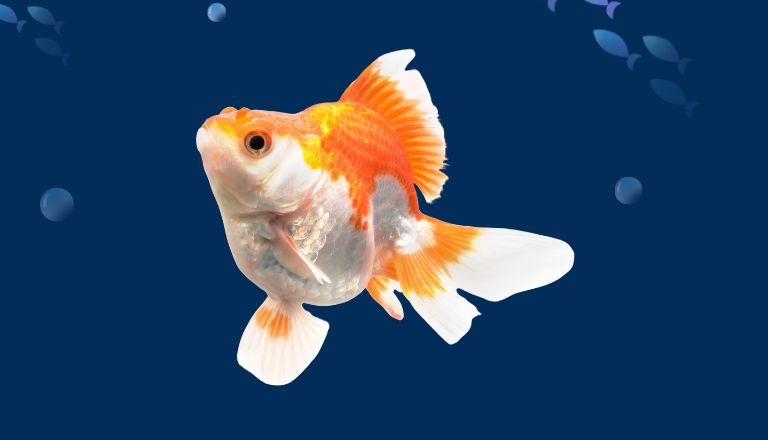
By selecting appropriate tank mates, you can create a harmonious community tank that enhances the beauty of your Ryukin Goldfish.
Breeding
Breeding Ryukin Goldfish is a fascinating process that requires careful planning and attention. To start, select a healthy parent fish with desirable characteristics such as bright coloration and distinctive body shapes.
During the breeding process, the male fish chases the female fish in the tank to show they are ready to lay eggs. The female will then lay thousands of sticky eggs on plants or substrates within the tank.
Once the female releases her eggs, the male fertilizes them externally by releasing his sperm. Provide adequate hiding spots for the eggs or remove them from the main tank to protect them from being eaten by other fish.
After a few days, small fish will hatch from the eggs. As the fry grows, feed them a diet rich in protein and nutrients to support their development.
Breeding Ryukin Goldfish can be a rewarding experience for aquarists looking to expand their hobby. By learning the process and taking good care, you can see new life in your aquarium and raise these fish into adults.
Conclusion
Caring for Ryukin Goldfish requires attention to their size, tank requirements, and diet. With proper care, they can live up to 10 years or even longer. Provide them a balanced diet of high-quality fish food and maintain a clean aquarium environment to ensure the health and well-being of your Ryukin goldfish.
By following these guidelines, you can enjoy watching these beautiful fish grow and thrive in your home aquarium for many years to come.
FAQs
How Big Do Ryukin Goldfish Get?
Ryukin Goldfish can grow up to 6-8 inches in length, with some exceptional specimens reaching lengths of 10 inches or more. The size of a Ryukin Goldfish largely depends on factors such as genetics, diet, water quality, and tank size.
How Long do Ryukin Goldfish Live?
Ryukin Goldfish have an average lifespan of 10-15 years when kept in optimal conditions. With proper care and a healthy environment, they can live up to 20 years or even longer. Factors that can influence their longevity include water quality, diet, tank size, and overall maintenance.

